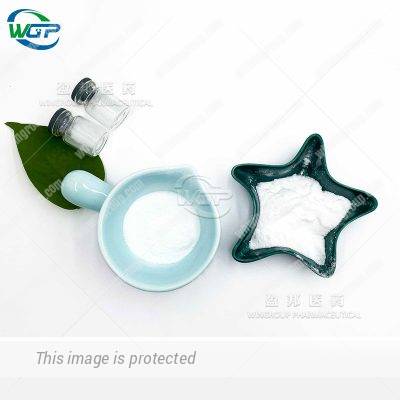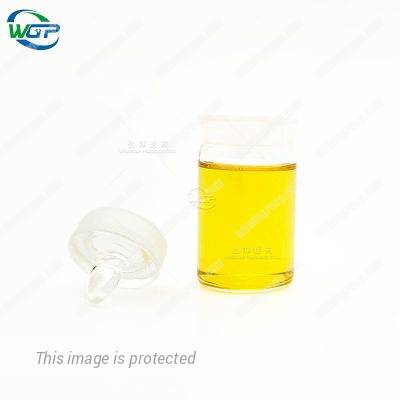CAS:600-22-6
MF:C4H6O3
Researchers have extensively investigated the properties and applications of methyl pyruvate, a pyruvic ester. Various studies have explored the surface conditions and catalytic activity of modified platinum (Pt) catalysts in the enantioselective hydrogenation of methyl pyruvate to produce R-(+)-methyl lactate. Moreover, the enantioselective hydrogenation of methyl pyruvate has been examined using cinchonidine-modified iridium clusters supported on polyvinylpyrrolidone-stabilized alumina. Additionally, investigations have been conducted to understand the molecular orientation and conformation of methyl pyruvate on nickel (Ni) surfaces within a specific temperature range. Notably, methyl pyruvate has demonstrated the ability to stimulate insulin secretion both in vitro and in vivo.
- Description
- Additional information
Description
Methyl pyruvate CAS 600-22-6 Product Information
| Product Name: | Methyl pyruvate |
| Synonyms: | 2-oxo-propionicacidmethylester;Methylglyoxylic acid methyl ester;PYR ME;PYRUVIC ACID METHYL ESTER;PAME;2-OXOPROPANOIC ACID METHYL ESTER;METHYL 2-OXO-PROPIONATE;METHYL PYRUVATE 97% |
| CAS NO: | 600-22-6 |
| Molecular Weight: | 102.09 |
| Molecular Formula: | C4H6O3 |
| Boiling Point: | 134-137 °C (lit.) |
| Melting point: | -22 °C |
| Density: | 1.13 g/mL at 25 °C (lit.) |
| Appearance: | Yellow liquid |
| Applications: | 2-Bromo-4′-methylpropiophenone (cas# 1451-82-7) is a compound useful in organic synthesis. |
| Solubility: | ethanol: soluble1.1g/10 mL, clear, colorless to almost colorless |
| Storage: | 2-8°C |
methyl pyruvate and benzylamine
The reaction between methyl pyruvate and benzylamine proceeds through a series of steps. Firstly, benzylamine’s amino group, acting as a nucleophile, attacks the carbonyl carbon of methyl pyruvate, resulting in the formation of a tetrahedral intermediate. Next, a proton is transferred from the amino group to the carbonyl oxygen, leading to the formation of an imine intermediate. This imine then undergoes a rearrangement, resulting in the formation of an enamine intermediate. Finally, the enamine tautomerizes to its keto form, releasing an amine molecule. Throughout this process, the molecules transition between different forms and positions, leading to the formation of the desired products.
methyl pyruvate benzylamine mechanism
When methyl pyruvate reacts with benzylamine, several steps occur. First, benzylamine’s amino group, acting as a nucleophile, attacks the carbonyl carbon of methyl pyruvate. This leads to the formation of a tetrahedral intermediate. Next, a proton transfers from the amino group to the carbonyl oxygen, resulting in the formation of an imine intermediate. The imine then rearranges, forming an enamine intermediate. Finally, the enamine undergoes tautomerization, converting into its keto form. At this stage, an amine molecule is released. Throughout this process, molecules undergo transformations and changes in their structures, ultimately yielding the desired products.
Additional information
| Melting Point | -22 °C |
|---|---|
| Boiling point | 134-137 °C (lit.) |
| Density | 1.13 g/mL at 25 °C (lit.) |
| Solubility | ethanol: soluble1.1g/10 mL, clear, colorless to almost colorless |
| Color | Colorless |
| Form | Liquid |








Reviews
There are no reviews yet.